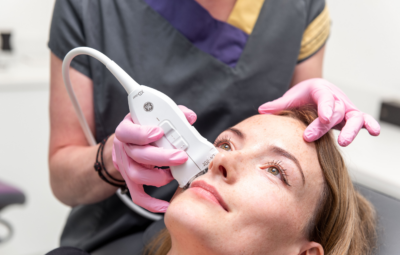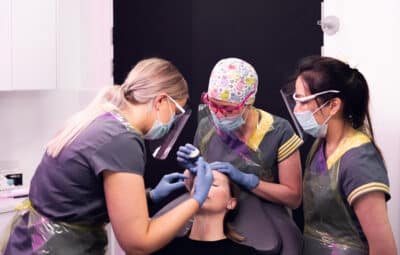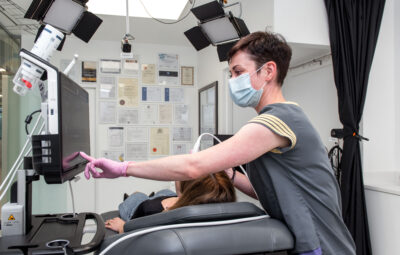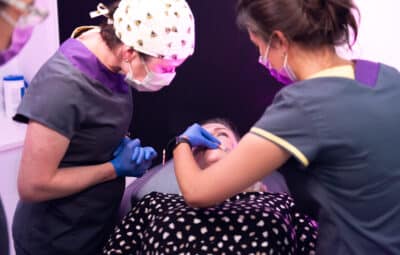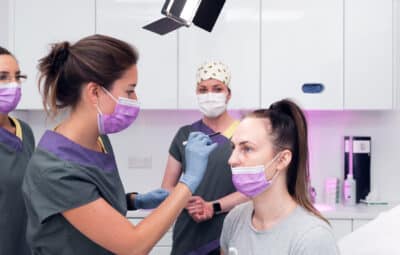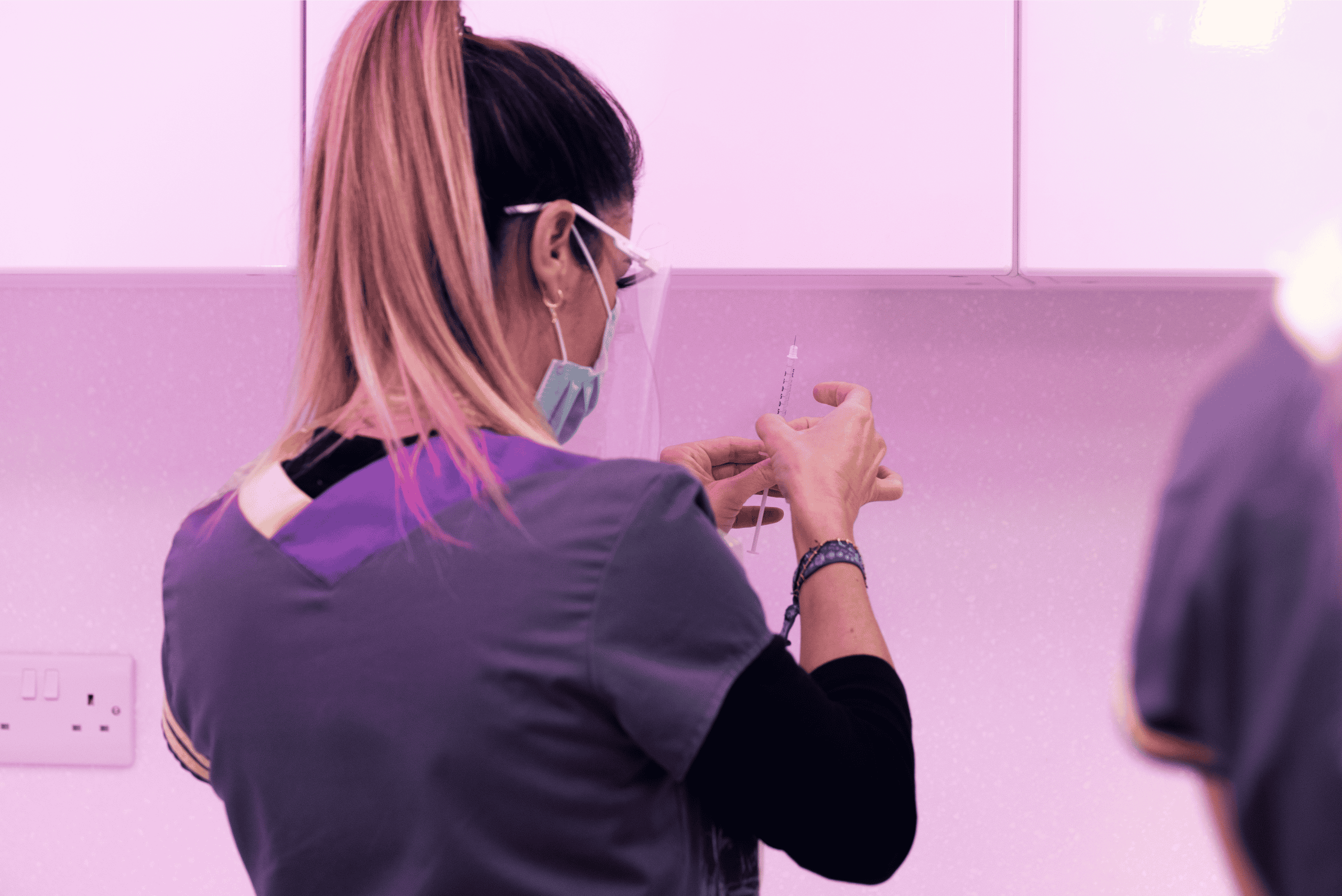
Botched Botox: How to Fix It and What to Do Next
23 October 2025
In this post:
- Botched Botox often reflects unrealistic patient expectations or normal settling rather than genuine complications.
- Most poor outcomes stem from preventable technical errors like improper injection depth, wrong muscle targeting, or inadequate patient assessment.
- Botulinum toxin cannot be reversed, requiring strategic correction approaches and realistic timelines for resolution.
- Proper training in facial anatomy, conservative dosing, and thorough consultations prevent the vast majority of complications.
Search ‘botched Botox’ online, and you’ll find a mix of celebrity gossip (Simon Cowell is often the top target), horror stories, and anxiety-filled questions from patients convinced their treatment has gone horribly wrong. But behind every complaint about a ‘frozen’ face or uneven results lies a more important question for practitioners: what separates a genuine complication from normal post-treatment anxiety? And how do you manage either situation professionally?
The term ‘botched Botox’ gets thrown around, often describing anything from mild asymmetry to serious functional impairment. For injectors, understanding these distinctions is essential for managing patient expectations, protecting your professional reputation, and knowing when intervention is necessary versus when reassurance and time are the best medicine.
Enjoy this preview into our online Botox course. To view the full video and enrol in the course, click here.
What is Botched Botox?
Not every patient concern qualifies as a genuine complication. Many ‘botched’ Botox complaints actually stem from mismatched expectations or normal healing processes rather than any technical errors on the injector’s part. Understanding this distinction protects both your professional judgement and your patient relationships.
True complications present with recognisable clinical patterns. Asymmetry manifests as uneven brow height, a lopsided smile, or one eye appearing more open than the other. Over-treatment creates the infamous ‘frozen’ appearance where natural facial expressions become heavily restricted or even fully impossible. Under-treatment, on the other hand, leaves patients with no visible improvement, leading to dissatisfaction despite technically correct placement.
Eyelid ptosis (or droopy eyelid Botox) represents a more serious complication that we’ve covered extensively in a recent blog post. This occurs when toxin diffuses to the levator palpebrae superioris muscle, causing the eyelid to droop. While not medically dangerous, it creates significant patient distress and takes weeks to resolve.
Timing is also an important factor in assessing a potential botched Botox case. Botulinum toxin doesn’t reach peak effect until 7-14 days post-treatment. Patients who complain of issues within the first 48 hours are more often than not experiencing normal swelling, minor bruising, or simply haven’t given the treatment time to settle. This is where clear pre-treatment communication becomes invaluable.
As Dr MJ Rowland-Warmann, founder of the Smileworks Aesthetic Training HUB, emphasises: ‘Most botched Botox isn’t truly botched. It’s either settling, a reflection of pre-existing asymmetry, or a mismatch between what the patient wanted and what’s anatomically achievable.’
The Most Common Causes of Botched Botox
When Botox genuinely goes wrong, specific technical failures are usually to blame. Understanding these causes can help you avoid repeating common mistakes and improves outcomes for all of your patients.
Improper Injection Technique
This tops the list of preventable errors. Injecting too deep allows toxin to diffuse beyond the target muscle, affecting surrounding structures. Too superficial, and the toxin won’t reach the intended muscle at all. Incorrect needle angle changes the distribution pattern entirely, while depositing excessive volume in a single injection point increases the risk of unwanted diffusion.
Wrong Muscle Targeting
This happens as a direct result of inadequate anatomical knowledge. Treating the crow’s feet area, for example, without understanding the complex interplay between the orbicularis oculi and surrounding muscles can create problems ranging from asymmetrical smiles to lower eyelid issues.
The same applies to treating muscles in isolation without considering how relaxing one area affects the dynamics of surrounding facial structures.
Poor Patient Assessment
When you fail to properly conduct a facial assessment, you risk failure before the needle even touches the skin. Every face has pre-existing asymmetries. Failing to document these during consultation leaves you vulnerable to accusations that you ‘caused’ asymmetry that was already present. Ignoring contraindications or rushing through facial assessment compromises safety and outcomes.
Inadequate Training
A lack of training underlies many of these technical failures. The fake Botox scandal from this year left multiple patients hospitalised with botulism. This only demonstrates the extreme end of what happens when an injector has inadequate training. That injector operated from her home, used illegal products, and claimed to be ‘fully trained’ while charging bargain prices.
But even among practitioners using legitimate products, insufficient understanding of facial anatomy creates complications that proper training would have prevented.
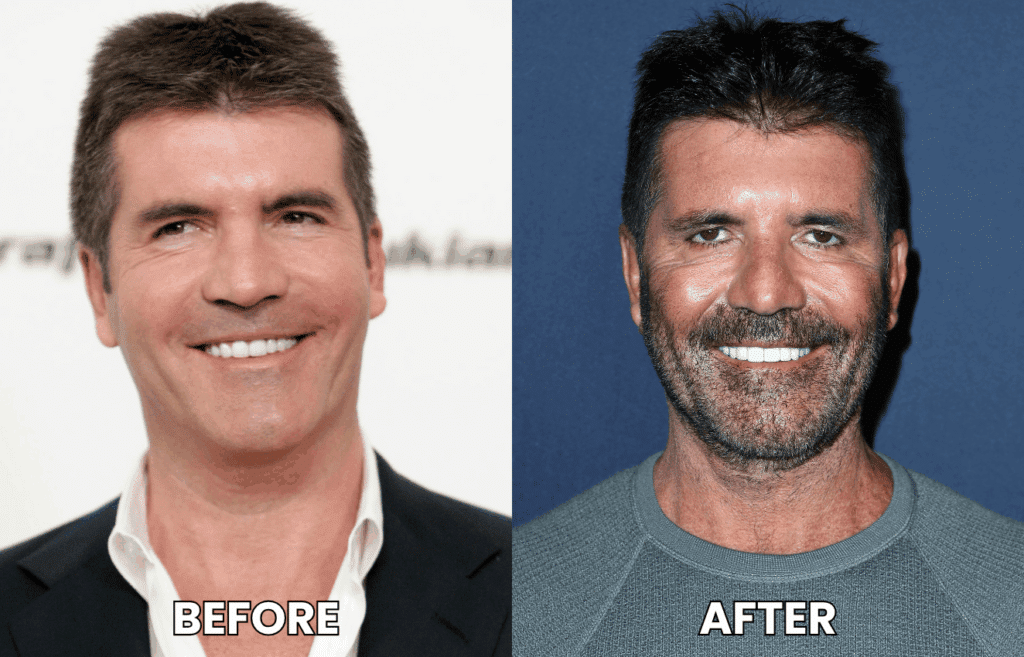
How to Fix Botched Botox
Unlike hyaluronic acid dermal fillers that can be dissolved with hyaluronidase, Botox has no reversal agent. Once injected, you and your patient are committed to waiting for the effects to wear off naturally.
The typical timeline for botulinum toxin effects ranges from 3-4 months, though this varies by individual metabolism, dosage, and treatment area. For a patient distressed by unwanted results, this waiting period can feel endless. Your role involves managing this anxiety while also being realistic about what can and cannot be done.
Strategic correction is one possibility for certain cases. Adding small amounts of toxin to opposing muscles can sometimes create better balance. For example, if one brow sits significantly higher than the other, carefully relaxing the frontalis on that side may improve symmetry.
Dermal filler can also temporarily mask some asymmetries by adding volume to deficient areas, though this addresses symptoms rather than causes. The longevity of dermal fillers is also much longer than that of botulinum toxin, so for some patients, it may be more worthwhile to simply wait for the toxin to wear off.
What not to do matters as much as knowing intervention options. Don’t inject additional toxin randomly, hoping something will improve. This typically only worsens the situation by creating additional areas of unwanted muscle relaxation. Avoid promising patients that you can ‘fix’ issues that require time to resolve naturally.
Managing patient expectations is the top priority during this period. Clear, honest communication about realistic timelines prevents escalation of complaints.
In the case of vision problems, difficulty with essential facial movements like eating or speaking, or severe asymmetry that affects daily activities, refer to colleagues with advanced training or instruct your patient to visit A&E.
How to Prevent Botched Botox
Prevention remains infinitely more effective than any correction strategy. The practitioners who rarely see complications aren’t lucky. They’re methodical about technique, conservative with dosing, and thorough in patient assessment.
Comprehensive Facial Anatomy Knowledge
This is what forms the foundation of safe injecting. Understanding not just where the muscles are, but how they interact, how toxin diffuses through tissue planes, and how treating one area affects surrounding structures separates competent injectors from those prone to complications.
Static diagrams provide basic knowledge, but visualising anatomy through facial ultrasound transforms this understanding entirely.
Proper Injection Technique
Any treatment requires consistent attention to Botox needle depth, angle, and volume per injection point. This varies from area to area. For crow’s feet treatments, staying lateral to the orbital rim prevents toxin migration towards the muscles that control eyelid function. Forehead Botox, on the other hand, requires maintaining adequate distance from the brow to avoid ptosis complications.
Conservative Dosing
Watching your dosage protects both patients and practitioners, especially with new patients. You can always add more Botox at a follow-up appointment if initial results prove insufficient. Always keep in mind that you cannot remove excess toxin once injected. Starting conservatively builds trust and reduces complication rates dramatically.
Quality Products from Reputable Sellers
The quality of your toxin is non-negotiable. The fake Botox scandal that hospitalised patients started with an injector using illegal products and operating from her home. She was charging between £75 and £100 for three areas and left patients fighting for their lives.
Legitimate products cost more for a reason. In the UK, there are a variety of botulinum toxin products from reputable manufacturers. Some of the more common brands are Botox, Azzalure, Bocouture, and Relfydess.

Prevention Comes with Continued Education
Most cases of botched Botox are entirely preventable. The practitioners who avoid complications aren’t inherently more talented. They’re properly trained and committed to continuing education throughout their careers.
At the Smileworks Aesthetic Training HUB, we prepare practitioners for safe, effective treatments through comprehensive online education and hands-on training. Our Foundation Botox & Lip Filler course establishes proper techniques and complication management protocols from the beginning of your aesthetic journey.
For advanced practitioners, our Foundation Facial Ultrasound Course and our Advanced Facial Ultrasound Course take prevention to the next level. When you can visualise anatomical structures in real time, injection precision improves and complication rates drop dramatically.
For those looking for more in-depth training, we recommend booking a one-to-one mentoring session with Dr MJ. These sessions are 100% customisable, and you’ll receive personalised instruction based on your skill level and goals.
Join us at the HUB today. Let’s shape the future of aesthetic medicine together and ensure safe, effective, and transformative results for every patient.
Want to try out our courses before committing? Take advantage of our free trial for a taste of what learning at the HUB is like.
Related blog posts:
